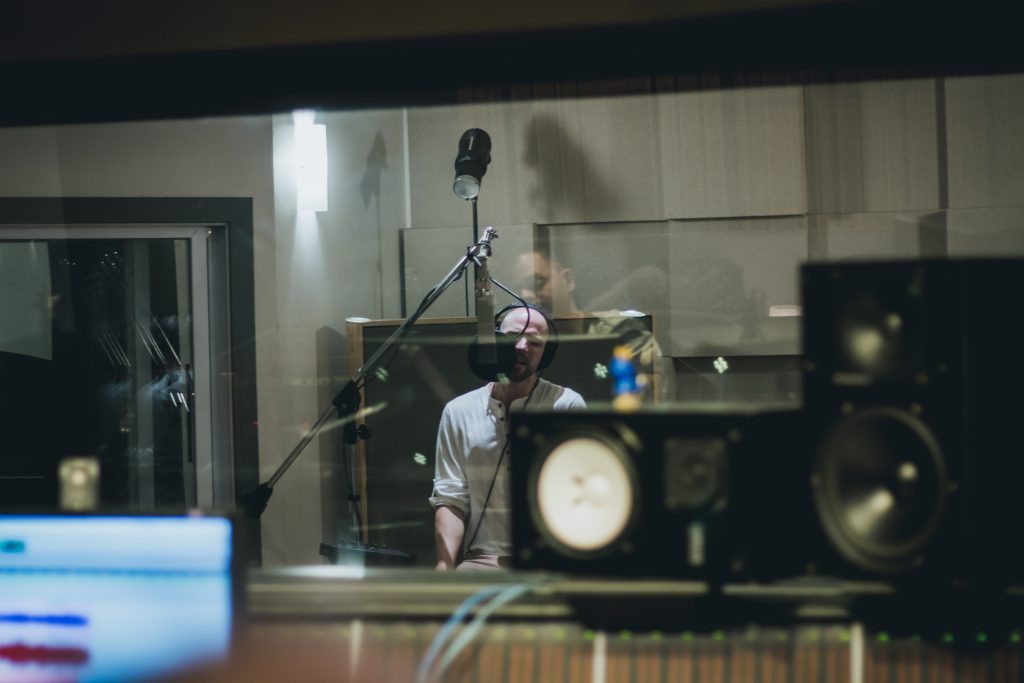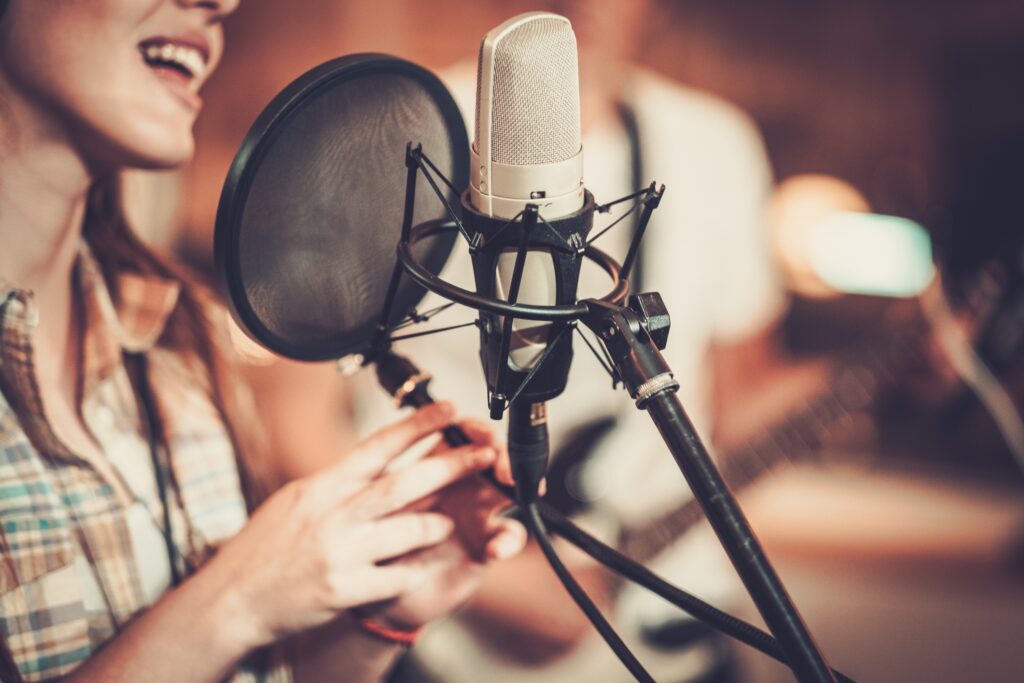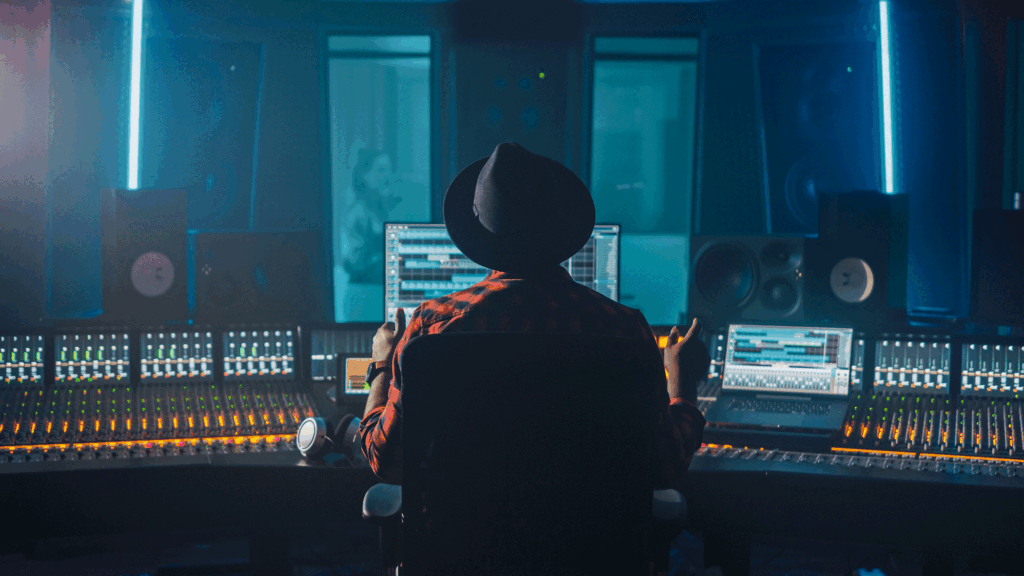Whether you’re new to audio production or a seasoned music industry pro, capturing the perfect vocal sound in the recording studio is a serious challenge. But with the right tips and tricks, you can get great results without spending a fortune on expensive studio time.
Here are some tips and tricks for recording music vocals at home:
1. Use a pop filter to reduce plosives.
Plosives are the “p” and “b” sounds that can cause a popping noise when they hit the microphone. A pop filter placed in front of the mic will help to reduce this noise.
2. Use a foam windscreen to reduce sibilance.
Sibilance is the hissing sound made by certain consonants, like “s” and “sh”. Foam windscreens can help to reduce this problem.
3. Use an omnidirectional microphone for a more natural sound.
Most music microphones are designed to pick up sound from one direction, but this can make vocals sound unnatural. An omnidirectional microphone will pick up sound from all directions, giving you a more natural recording.
4. Use a dynamic microphone for a more “live” sound.
Dynamic microphones are less sensitive than other types of microphones, so they’re great for capturing the energy and power of a live performance.
5. Experiment with different microphone techniques.
There’s no one right way to position a microphone for music vocals. Try moving the mic around and experimenting with different techniques until you find the sound you’re looking for.
6. Don’t depend on Auto-Tune or pitch correction.
These software programs can be helpful if you’re trying to fix a few notes here and there, but they should not be used as a crutch. If you rely too heavily on Auto-Tune or pitch correction, your vocals will sound unnatural and processed.
7. Record in a quiet room to reduce background noise.
Background noise can ruin an otherwise great recording. Make sure you record in a quiet room to get the best results.
8. Use acoustic treatment to improve the sound of your room.
Acoustic treatment is anything that helps to absorb or deflect sound waves. This can include things like foam panels, bass traps, and diffusers. By improving the sound of your recording space, you’ll also improve the quality of your recordings.
9. Invest in quality recording equipment.
The better the quality of your recording equipment, the better your recordings will sound. If you’re serious about music production, it’s worth investing in high-quality microphones, preamps, and other gear.
10. Take your time and experiment.
Recording music vocals is an art, not a science. There’s no one right way to do it. So take your time, experiment, and find the techniques that work best for you and your music.
By following these tips, you’ll be well on your way to recording great music vocals at home. So get creative and start experimenting!
— Darren Fewins 2022



